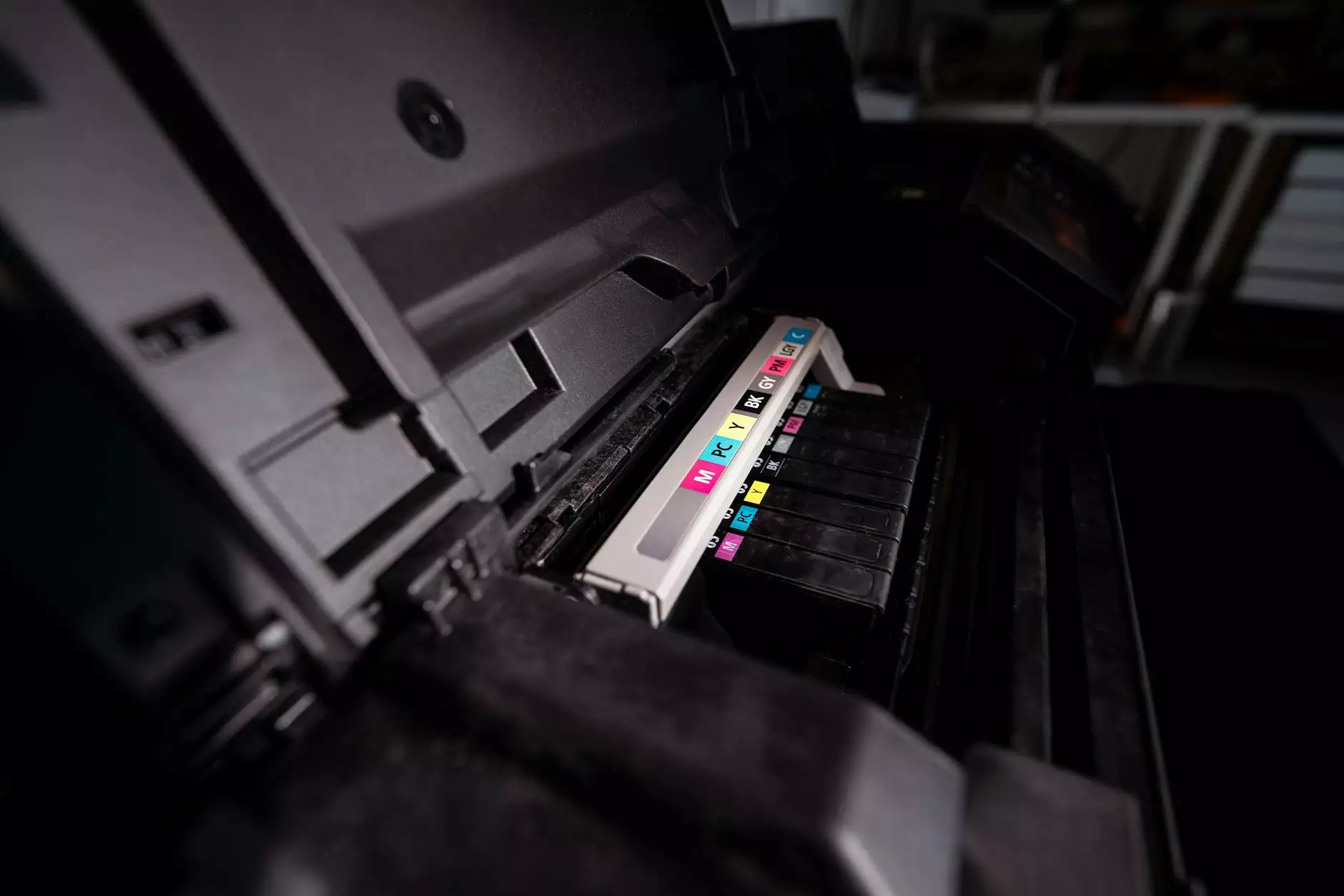The Ultimate Guide to CMYK Printer Ink and Its Impact on Printing Services

When it comes to high-quality printing, understanding CMYK printer ink is essential. This four-color printing process uses Cyan, Magenta, Yellow, and Key (Black) inks to create a full spectrum of colors. In this article, we will explore the significance of CMYK printer ink in the printing industry, its applications, tips for optimal usage, and why businesses should consider investing in reliable printing services.
What is CMYK Printer Ink?
CMYK printer ink is the industry standard for color printing. The term CMYK stands for:
- Cyan
- Magenta
- Yellow
- Key (Black)
This color model works on the principle of subtractive color mixing. When printing, these inks are layered on top of one another to create a wide range of colors. The result is a vibrant, detailed image that accurately represents the original design.
Benefits of Using CMYK Printer Ink
Utilizing CMYK printer ink offers numerous advantages, particularly for businesses that rely on high-quality printed materials. Here are some key benefits:
1. Enhanced Color Accuracy
The CMYK model allows for precise color matching, making it ideal for branding and marketing materials. Colors can be mixed in different proportions to come as close as possible to the desired hue.
2. Cost-Effective Printing
Compared to other printing methods, CMYK offers a cost-effective solution for producing high volumes of prints. By using four primary colors, businesses can reduce waste and achieve the desired results without the need for multiple plates or inks.
3. Wide Application Range
From brochures to banners, CMYK printer ink is versatile and can be used on various mediums, including paper, cardboard, and even fabric materials. This versatility makes it suitable for different business needs.
4. High-Quality Output
Printing with CMYK ink ensures high-resolution images, crisp details, and smooth color transitions. This quality is crucial for professional marketing materials that demand attention.
Understanding the CMYK Printing Process
The CMYK printing process involves several steps that contribute to the final product's quality:
Step 1: Design Preparation
Before printing, graphics or documents must be prepared properly. It’s essential to create designs using the CMYK color model to ensure colors appear as intended in print.
Step 2: Choosing the Right Materials
The type of paper or medium used can significantly affect the final result. Different papers absorb ink differently; therefore, businesses should choose materials that complement their designs.
Step 3: Calibration and Setup
Printers need to be calibrated to ensure the colors are reproduced accurately. Fine-tuning the printer's settings can dramatically impact the color output.
Step 4: Printing
During the printing process, separate ink cartridges for each of the CMYK colors are used to layer the inks as the paper passes through the printer.
Step 5: Finishing Touches
Once printed, many materials undergo finishing processes such as cutting, folding, or laminating to enhance durability and visual appeal.
Common Applications of CMYK Printer Ink
CMYK printer ink is widely used across various industries. Here are some common applications:
- Business Cards: Professionally printed business cards using CMYK inks ensure vibrant colors that represent your brand effectively.
- Brochures and Flyers: Marketing materials benefit from the high-quality output achieved through CMYK printing, attracting potential customers.
- Posters and Banners: Large-format prints, such as banners for events or promotions, utilize CMYK inks for eye-catching displays.
- Packaging: Companies often employ CMYK printer ink to create colorful and engaging packaging that stands out on store shelves.









